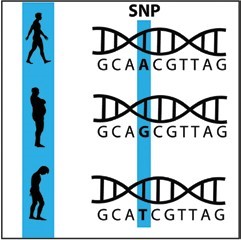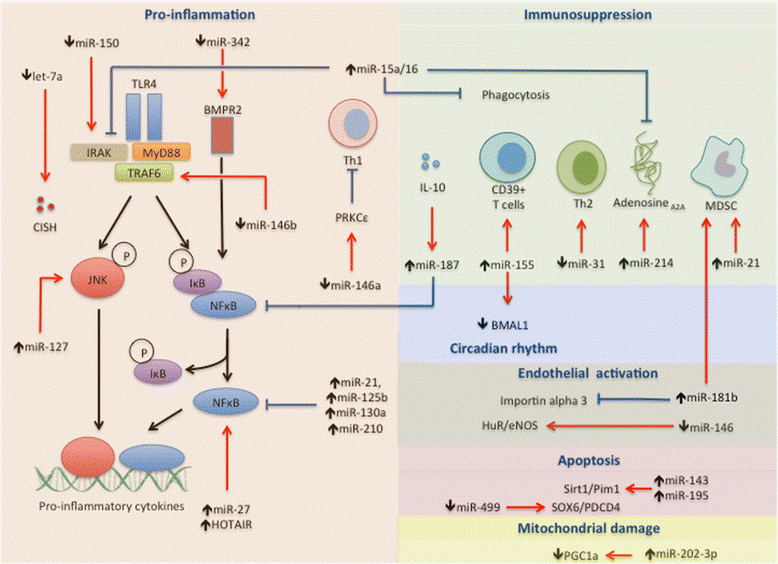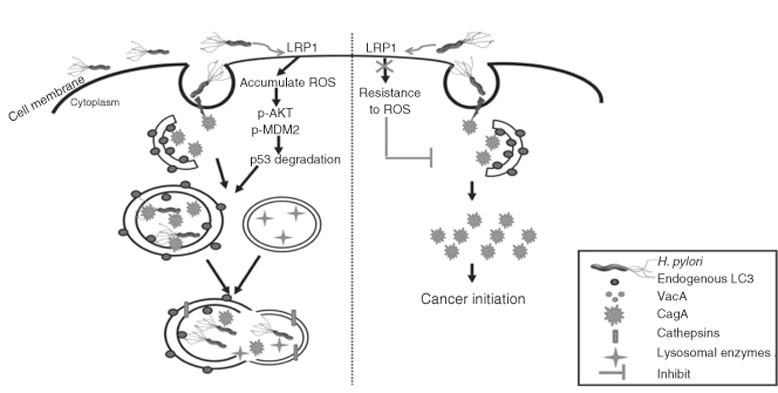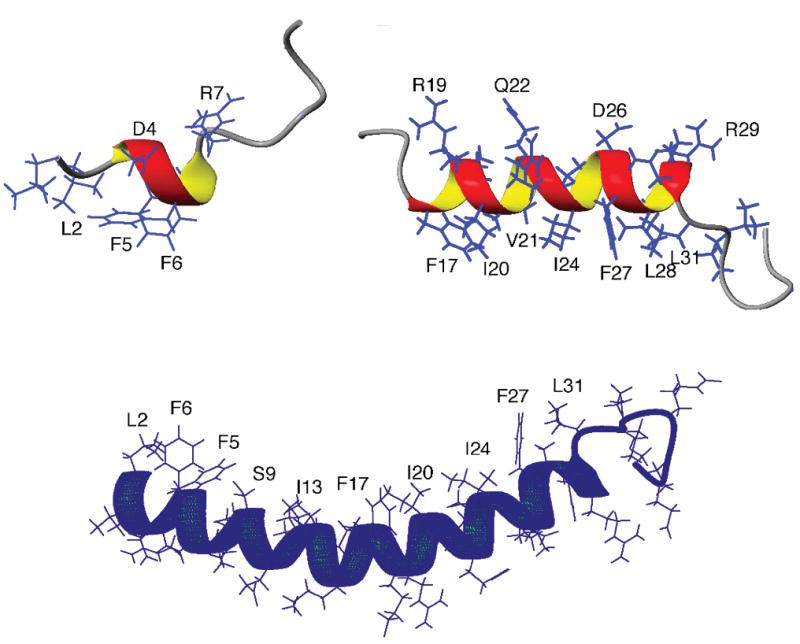Research Laboratory
(1) Pain Mechanism Chronic postsurgical pain is a disabling condition affecting around 20% of surgical patients. Our laboratory has demonstrated that cathepsin G is a pro-nociceptive mediator in animal models of neuropathic and inflammatory pain and is associated with chronic postsurgical pain in human. Cathepsin G may represent a new target for pain control and a potential predictive marker for chronic postsurgical pain (Anesthesiology, 2015) We have also reported that administration of nitrous oxide is associated with reduced risks of chronic postsurgical pain in Asian patients, especially those carrying polymorphisms in the methylenetetrahydrofolate reductase gene (Br J Anaesth, 2016). Our study also demonstrated that genetic variation of BDNF could modulate pain sensitivity in animals and is associated with an increased risk of chronic postsurgical pain in human (Anesthesiology, 2018) Youtube Link .. Efforts are being put forth to identify other novel pain-related therapeutic targets and biomarkers that can benefit patients with chronic pain.
Targeted Genotyping Identifies Susceptibility Locus in Brain-derived Neurotrophic Factor Gene for Chronic Postsurgical Pain
Although peripheral nerve injury, severe acute postoperative pain, and psychosocial factors are thought to increase the risk for chronic postsurgical pain, considerable efforts have been made to identify genetic determinants of pain. The hypothesis that genetic variations are associated with the development of chronic postsurgical pain was tested by analyzing the association of 638 single-nucleotide polymorphisms (SNPs) located in 54 pain-related genes with chronic postsurgical pain in the first 1,873 patients enrolled in the Persistent Pain after Surgery Study. After rigorous screening, SNP rs6265 in the brain-derived neurotrophic factor (BDNF) gene was found to be associated with chronic postsurgical pain in both discovery and validation cohorts. To determine the functional role of rs6265, mechanical
allodynia was measured in mice expressing the corresponding amino acid alteration in BDNF. Consistent with the human data, mechanical allo- dynia was significantly less in BDNF knockout mice compared with BDNF wild-type mice. (Summary: M. J. Avram. Illustration: J. P. Rathmell.)
(2) Sepsis and ICU-related Infections. Sepsis is a leading cause of death among critically ill patients admitted to intensive care units. Our laboratory is interested in understanding the molecular mechanism underlying sepsis-associated organ dysfunctions (Crit Care, 2016; Shock, 2017) and antibiotic resistance (Infect Drug Resist, in press). Aside from sepsis, critically ill patients are at risk for nosocomial infections, such as C. difficile. Our researchers have conducted the first territory-wide population-based observational study to investigate the burden and clinical outcomes of C. difficile infection in Hong Kong and found that the incidence has an annual increase of 26% from 2006 to 2014. This increase is associated with elderly patients. Our data suggest the need for further surveillance, especially in Asia (Emerg Infect Dis, 2017).
(3) Autophagy. Autophagy, hallmarked by the formation of double-membrane bound organelles – autophagosomes, is a lysosome-dependent catabolic pathway for degradation of proteins, damaged organelles, and intracellular microbes. Dysregulation of autophagy therefore has important consequences and is associated with a wide spectrum of diseases, including neurodegeneration, infection, and cancer. Our research team is among the first to demonstrate the crosstalk between autophagy and the ubiquitin-proteasome system (Autophagy, 2010; Autophagy, 2013) and its roles in hepatitis B virus infection (J Cell Physiol, 2015) and non-alcoholic fatty liver diseases (FASEB J, in press). Results from our ongoing study also indicated that autophagy could protect against intracellular bacterial infection. Our future directions in autophagy research include delineating its roles in different diseases (e.g. sepsis, chronic pain, cancer, C. difficile infection) and its interactions with other intracellular signaling pathways.
(4) Host Defense Peptides. Our team is interested in characterizing the function of host defense peptides, including cathelicidin and ß-defensins. Our findings suggest that cathelicidin could protect against infection (Gene Ther, 2013; J Immunol, 2016), inhibit tumorigenesis (J Cell Physiol, 2010; Cancer Res, 2012), and modulate inflammation (Gene Ther, 2013). Questions remain over the therapeutic application of host defense peptides or their pharmacological inducers (e.g. vitamin D) in related pathological conditions (e.g. sepsis, antibiotic-resistant infection).
(5) Genomics. In collaboration with other investigators, our team is actively engaging in genomic research, including cancer genomics (Cell Res, 2014; Gut, 2015; Cancer Res, 2016; Mol Biol Evol, 2017), epigenomics (J Pathol, 2016), metagenomics (Nat Commun, 2015) and microRNA studies (Cancer Res, 2015; Gynecol Oncol, 2015; Sci Rep, 2016; J Cell Mol Med, 2017). Ongoing projects with applications of genomic data and platforms include (1) meta-analysis of cancer omics data; (2) genetic association study of Crohn’s disease by targeted capture sequencing; and (3) the use of next-generation sequencing for identifying novel pathogens in unexplained severe sepsis.
(6) Integration of Knowledge. To foster the in-depth comprehension of molecular and cellular mechanisms in infectious diseases and cancer, we have contributed reviews for publication in international journals, including Drug Resistance Updates (2010), Seminars in Cancer Biology (2013), Autophagy (2016), Oncogene (2010 and 2012) and The Journal of Pathology (2014 and 2016).








